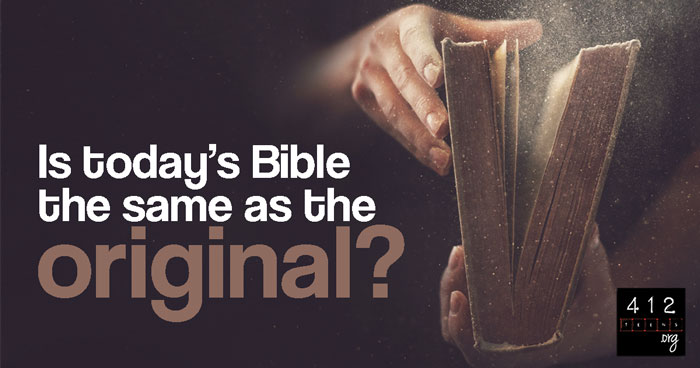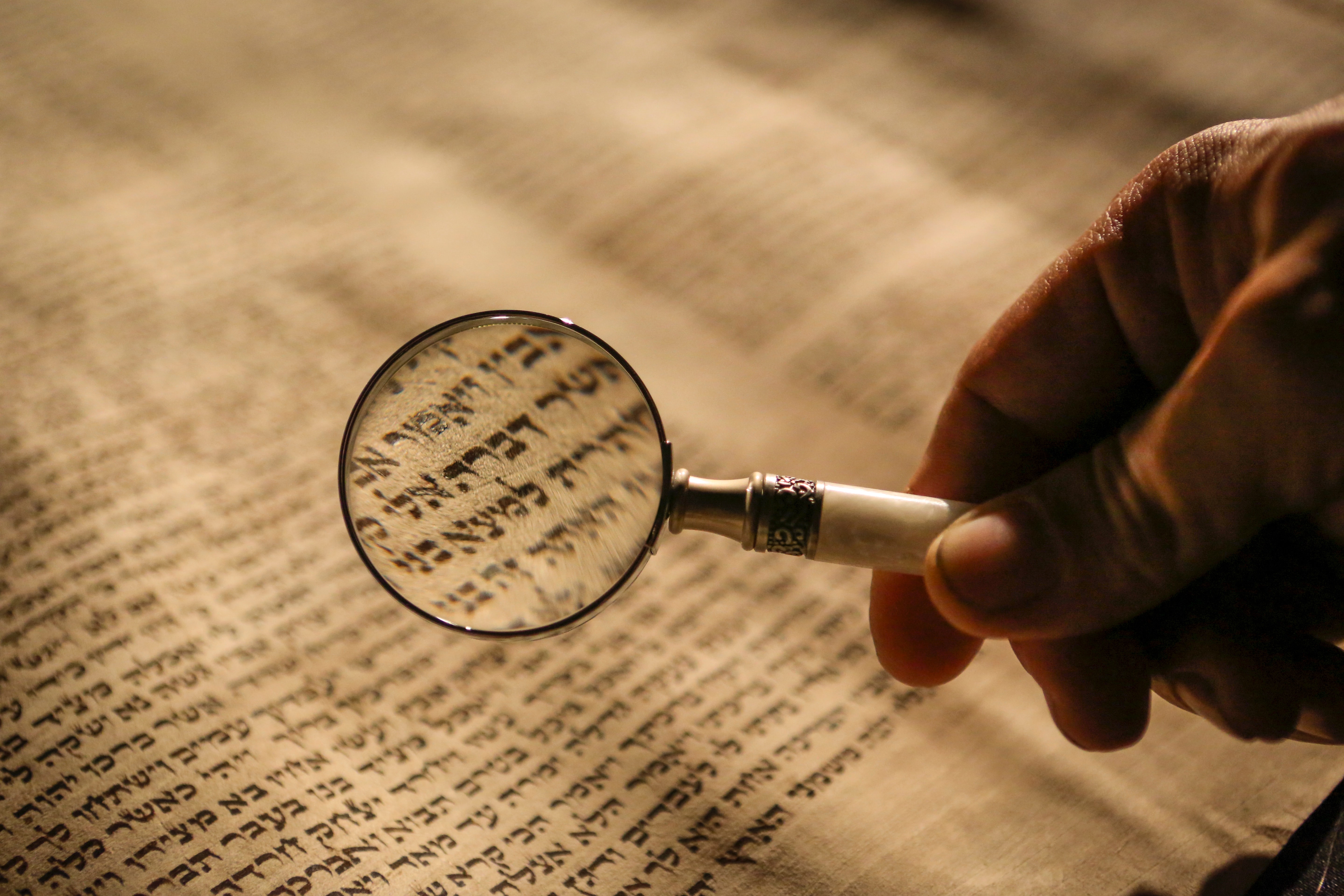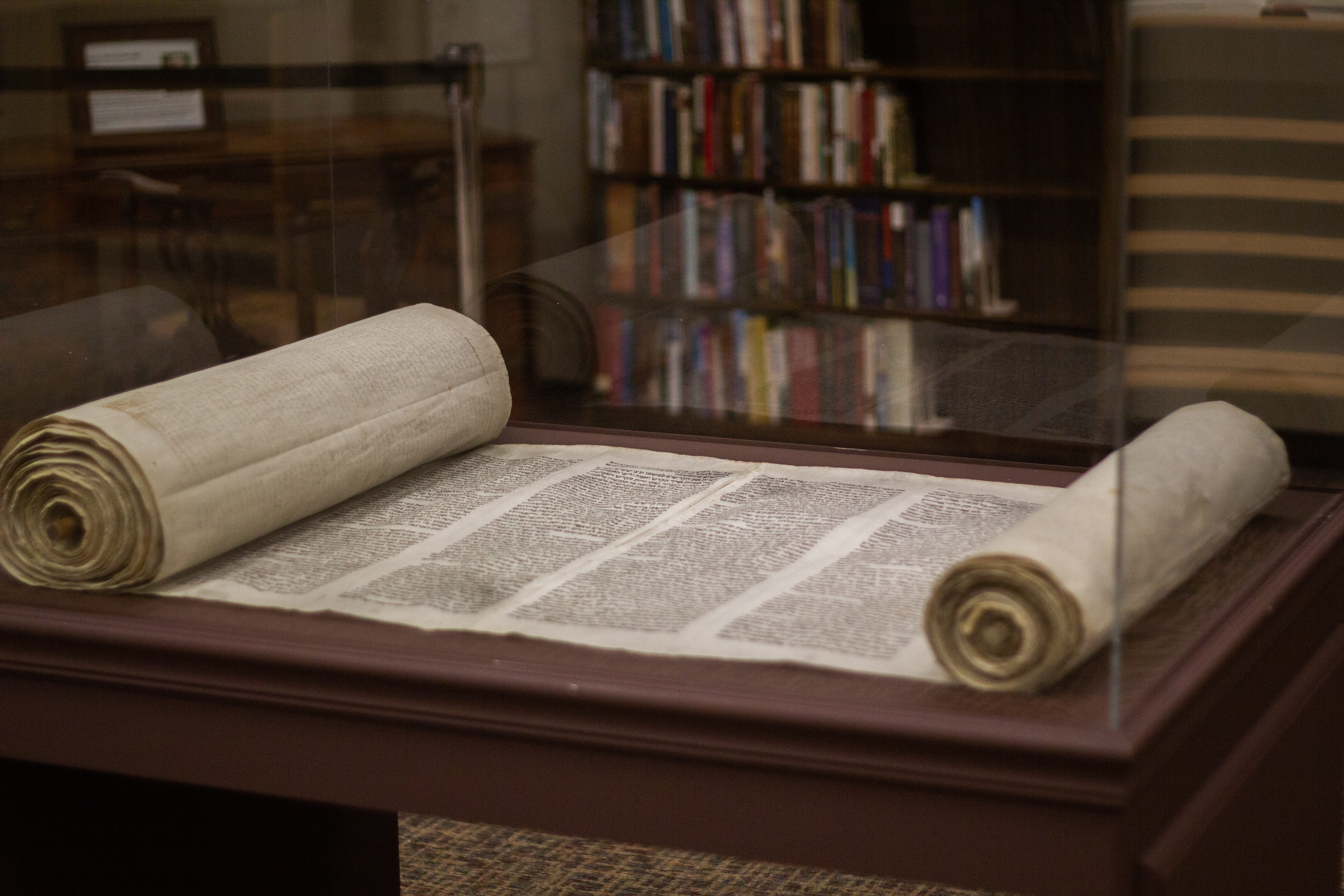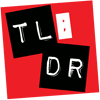How can we know that the Bible we have today is a reliable record of the original writings?

Have you ever played the game “Telephone,” where one person creates a phrase then whispers it to the next person who passes it on to the next until it reaches the last person? At the end, the phrase is usually nonsensical because it's so different from what the first person originally said. Some people believe that this method of passing a message from one person to the next is how we got the Bible. They wonder how confident we can be that the Bible we have today is a reliable record of the original writing. But we did not get the Bible through a game of Telephone!
Original Documents vs. Manuscripts
The easiest way to see if today's Bible is a reliable record of the original writing would be to compare the two versions. Unfortunately, the very first original books of the Bible haven’t been found preserved in an archeological discovery. One reasons why they may not have survived is due to the type of material the Bible was written on—such as animal skins or thin papyrus paper. These materials naturally deteriorate and ink fades over time.
For nearly all other ancient authors, we also do not have access to the first writings penned by the original writers. There is no museum that has the original writings touched by Caesar, Plato, or Homer. The Bible is not at any greater disadvantage for not having any surviving original documents. If there are no original documents though, how can we be sure the Bible we read today contains the same message?
Our certainty of its accuracy is thanks to the manuscripts that ARE available. During biblical times, people couldn’t store documents on the cloud, take pictures, or make exact replicas on a copy machine. So in order to make a copy of something, they would have to make a handwritten copy called a manuscript.

How reliable is the Old Testament?
If you were copying text by hand, you might look at a few words or a sentence, then copy it from memory, right? But the scribes that copied the Old Testament manuscripts didn't do that; they were much more meticulous.
When they copied a new manuscript from an old one, they didn’t just look at the words or a phrase to copy. They intentionally looked at each letter at a time to copy into the new manuscript. If there were more than three mistakes in the new manuscript, they would bury it and not use it because they were dedicated to a reliable transmission of God’s Word 1.
After the scribe was finished with a new manuscript, he would count the letters of each word to determine the total number of letters and the total number of words to see if the letter count and word count matched between the old manuscript and the new one to make sure that the new one was reliable (ibid).
The Dead Sea Scrolls
The scribes' accuracy in copying the Old Testament is proven by examination of the Dead Sea Scrolls—the most important Old Testament manuscripts we have. These scrolls were discovered in 1947 inside clay pots located in the caves near the Dead Sea in Israel. They contained manuscript fragments from every book of the Old Testament except the book of Esther 2.
Some manuscripts dated from the third century B.C. to A.D. 68, which put them about 1,000 years older than any previously known biblical manuscript, yet the scrolls’ content was essentially unchanged (ibid). We can have confidence in the preservation of the Old Testament because, even though the manuscripts are over 1,000 years apart, they have the same words and message. This shows us that God has preserved His Word from significant error throughout the centuries (ibid).
Now that we know how the Old Testament manuscripts were copied and can even compare today's Scripture with manuscripts thousands of years old, we can be confident the Bible is a reliable record of their original writings.
How reliable is the New Testament?
When it comes to historical writings, the more manuscripts that are available to compare for accuracy, the more confidence scholars have that they can determine the original message. Imagine that you're going to a school event next week. Your teacher writes the event's location on the board and instructs each student to copy the address on a notecard to use as invitations. These copies could be called “manuscripts.” After school, a friend asks you for the address because she didn’t have time to write it down before it got erased from the board. So you and your friends compare cards to reconstruct the original address, but they don’t all match. Maybe they read:
- Card #1: 123 Pear St., Garden, CA 55000
- Card #2: 123 Pea St., Garden, CA 54000
- Card #3: 123 Pear Street., Garage, CA 54000
- Card #4: 123 Pear St., Garden, California 54000
Could you accurately reconstruct the original address that was given by your teacher even though some of them were slightly different? Yes! Because you have multiple copies of the address to compare with, you can confidently sort out what was part of the original address and what was in error.
This is the same case when scholars are attempting to reconstruct any ancient writings—including the New Testament. The more manuscripts that are discovered for an ancient writing, the more comparisons scholars can make to accurately reconstruct a copy of the original. The more, the merrier!

Here are some numbers for ancient manuscripts that were originally written before the New Testament3. The original writings of these documents do not exist, but through comparison of their manuscripts, scholars are confident in their reconstruction.
- Plato’s Tetralogies – 210 discovered manuscripts
- Caesar’s Gallic Wars – 251 discovered manuscripts
- Homer’s Iliad – 1,800 discovered manuscripts
Do you think the New Testament has more or fewer discovered manuscripts than secular literature? Drum roll please... The New Testament has more—MUCH MORE! Greek copies of the New Testament manuscripts number 5,800 (Geisler, Norman L, and Frank Turek. I Don’t Have Enough Faith to Be an Atheist. Crossway Books, 2007, p. 255)! Scholars are 99% certain that the New Testament has been accurately reconstructed to match the original (ibid, p. 229.).
Evidence Proves the Bible is Reliable
Since God is all-powerful, He has protected His Word from acquiring any significant errors through the centuries. Understanding how the Old and New Testament have been preserved can help us be confident that the Bible we read today is a reliable record of the message first given by God. “The sum of [God’s] word is truth, and every one of [His] righteous rules endures forever” (Psalm 119:160). Believers can read God’s Word with eagerness and confidence, knowing that these words are truly God's.
“All Scripture is breathed out by God and profitable for teaching, for reproof, for correction, and for training in righteousness, that the man of God may be complete, equipped for every good work.” —2 Timothy 3:16-17
Want to see something really cool?
The Center for the Study of New Testament Manuscripts preserves ancient New Testament manuscripts in digital format so that anyone can view these precious pieces of our history. You can view the ancient writings they have documented here: csntm.org
ALSO SEE:
- How old is the Bible?
- What are some different ways to study the Bible?
- Why is the Bible divided into chapters and verses?
- Why isn't the Bible in chronological order?
- Does the Bible contain errors?
- Why should we read the Bible?
- Is not reading the Bible a sin?
- How can we know which parts of the Bible apply to us today?
- Is the Bible relevant for today?
RESOURCES: 1. “Old Testament: Committed to Detail | Is the Bible Reliable?” Josh McDowell Ministry, youtu.be/SiPGwqCQdq0. Accessed 18 March 2022. 2. “What Are the Dead Sea Scrolls and Why Are They Important?” Got Questions Ministries, Dec. 2007, gotquestions.org/dead-sea-scrolls.html. Accessed 18 March 2022. 3. The Biographical Test. Aug. 13, 2004. McDowell, Dr. Josh D. and Jones, Dr. Clay. https://www.josh.org/wp-content/uploads/Bibliographical-Test-Update-08.13.14.pdf. Accessed 18 March 2002.


TL;DR
Even though we do not have the original, very first manuscripts of God's Word, we can be confident that the Bible we have today is a reliable record of the original writings. Old Testament manuscripts were carefully copied, letter by letter, and each letter and word was counted to make sure that everything matched from each previous copy to the new one. A vast number of manuscripts have been discovered for New Testament writings and can be compared to find similarities and differences that will accurately reconstruct a copy of the original. God is all-powerful and has preserved His Word for us today so that we can know and follow His message for us.

Writer: Hanna S.
Hanna loves spending time with kids and teens. She enjoys being detectives with them to investigate God's Word to discover truths to answer any questions. She is the co-author of a newly published apologetics curriculum for children and teaches one online for highschoolers-adults. To learn more about her ministry you can visit networkerstec.com. For fun, she likes to play Ultimate Frisbee, read historical fiction, and paint.
